
Shell Valley CJ-8 Jeep Scrambler
By Steve Temple
Photos by Mark Hirsch
While Jeeps in general are pretty plentiful, the CJ-8 Scrambler is one of the rarer models. Introduced in 1981 and manufactured through 1986, it was a long-wheelbase version of the CJ-7 with a distinctive feature. Its removable half-cab created a small pickup-style box instead of utilizing a separate pickup bed. The term Scrambler came from an appearance package that included vinyl graphics and special wheels.
These appealing features are what attracted John Van Hoosen, who has built up several Jeep CJs over the years. Basically, he’d get ’er done, drive it for a time, and then sell it. But he was nearing the end of this trail of Jeeps.
“I told my wife I have one more build left to do,” he recalls. “I wanted a Scrambler because of low production, and no one else had one.”
Van Hoosen came across one on Craigslist in southern Indiana, but it was not exactly what he had hoped. “I could tell from the pictures it was rough,” he says. “The only thing I asked the guy was, ‘How’s the frame?’” The owner claimed that it was in great shape, so a road trip from John’s home in Wisconsin ensued.
Upon arriving, that claim proved to be true, but it still didn’t convince Van Hoosen’s wife, Brenda, as the only usable body panels were the hood and grille.
“She took a look at the rust bucket and thought I was crazy.” Despite her objections, he forged ahead anyway — which would not be the only instance of marital discord over this project, as we’ll see.
Once this scrambled Scrambler was brought back home, Van Hoosen contacted Shell Valley about a fiberglass tub. Besides the CJ-8 Scrambler, this firm also makes replacement bodies and individual body components for CJ-5, CJ-7 and YJ models, and others, either in fiberglass, fiberglass/Kevlar, or heavy-duty (with an extra layer of fiberglass on top of the Kevlar mat).
While the main advantage of fiberglass is that it will never rust, Shell Valley’s dual-wall construction also provides better insulation properties than steel, and is easier to fix than steel or aluminum when damaged. The only downside is that fiberglass doesn’t conduct electricity, but that can be readily overcome by using grounding blocks in the wiring system.
Van Hoosen’s rusty CJ project turned a new leaf after his new Shell Valley standard fiberglass tub arrived. (He didn’t feel Kevlar or the heavy-duty body was needed because they’re more for off-road use.) Nearly a year later, he had the entire Scrambler put together. Along the way, he added a Pro Comp 2.5-inch lift and Mud Terrain tires (33 x 12.5 x 15) fitted on American Racing rims. He also bolted Hedman headers on the ’78 AMC 304 ci V8 engine (already installed).
But one more hurdle remained. After assembling everything, he then took it apart for paint. “My wife asked me what color, and she said ‘Anything but red!’” (Because he already had so many other red vehicles.)
“So of course it was painted red,” Van Hoosen admits with a cringe. “I think she is getting used to it now.” Good thing, since unlike his other Jeep projects, he has no plans to sell his scarce Scrambler — it’s a keeper.
Even though he said this was his last Jeep, and it was a fun project, he’s now looking for an early Bronco. Let’s hope he can talk his wife into that one as well.

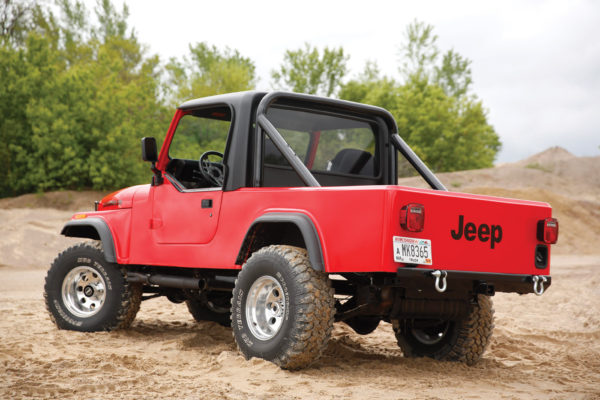
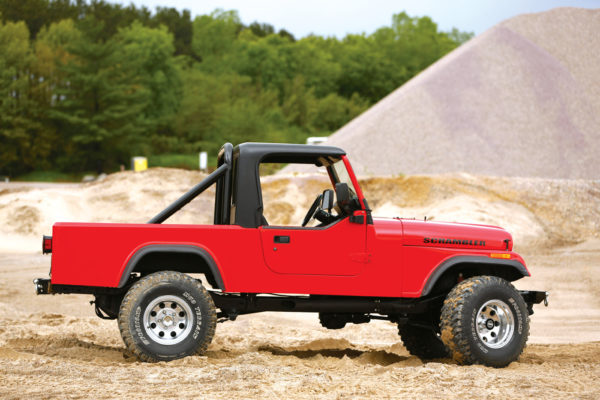
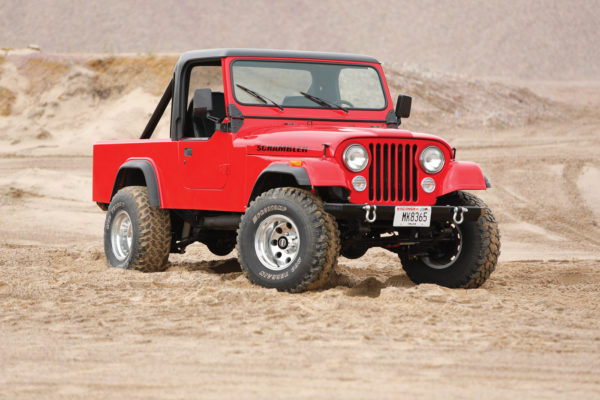
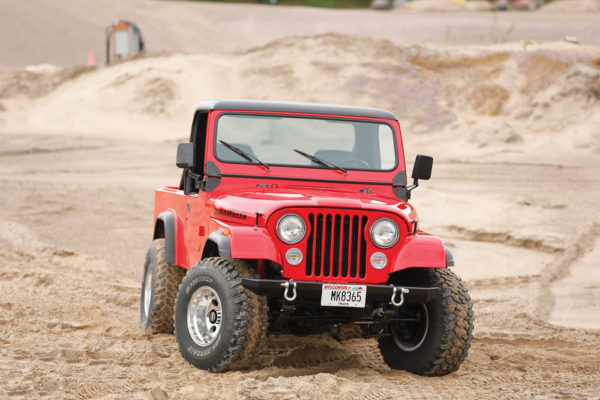
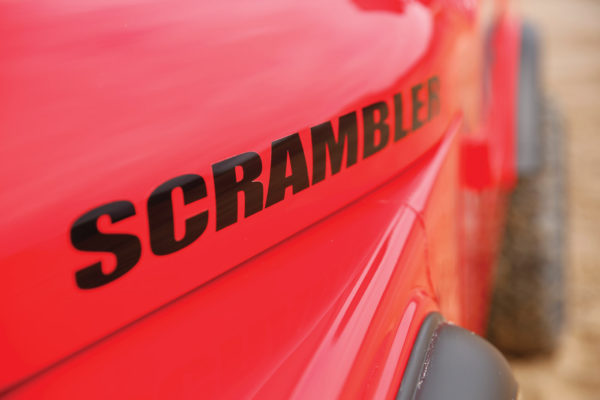
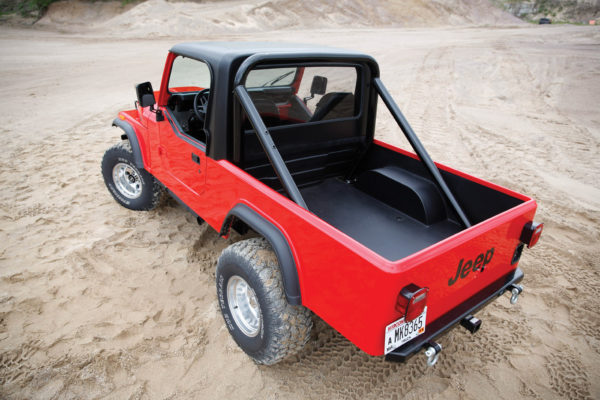
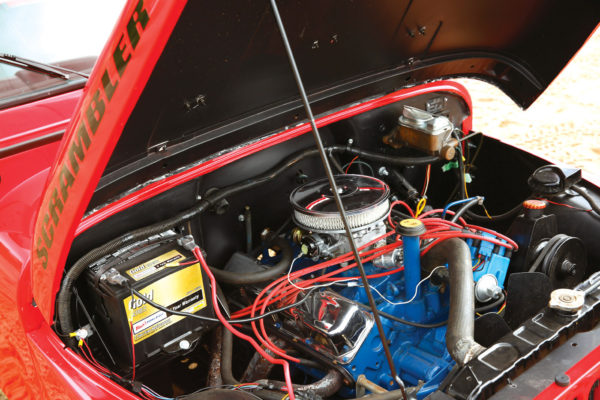
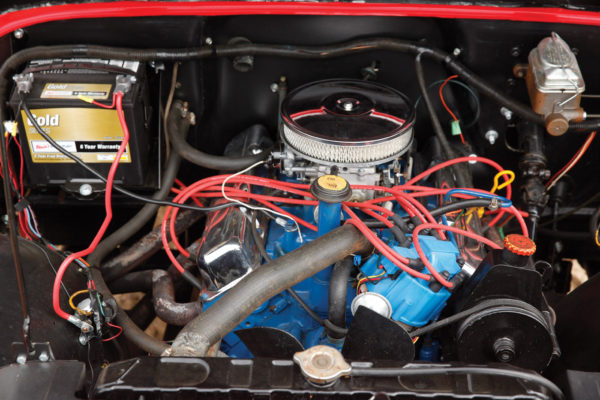
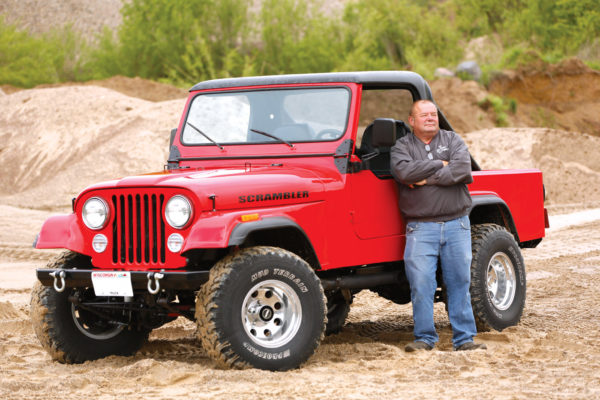
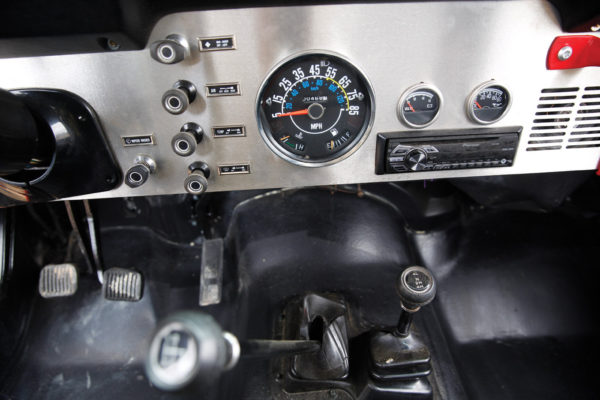
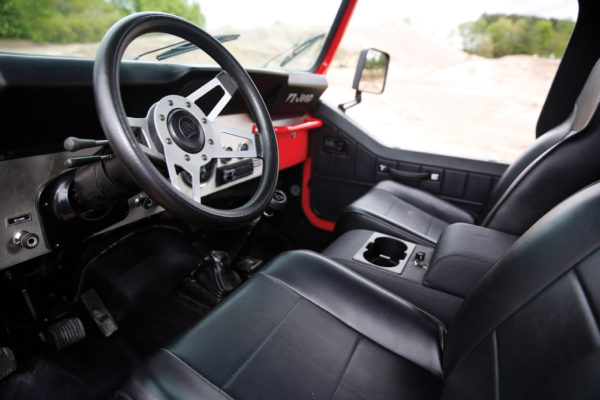
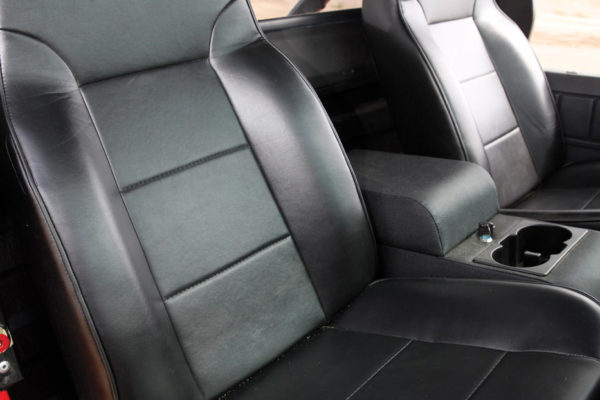
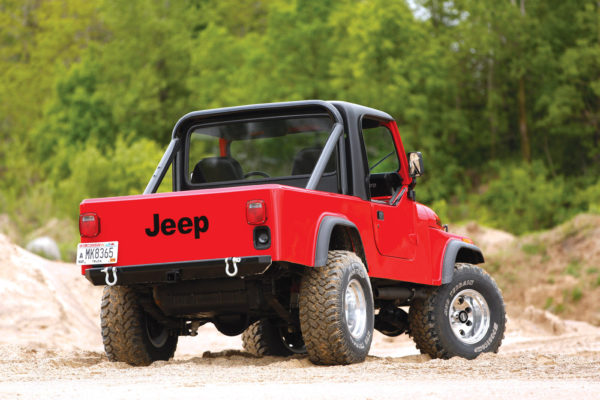
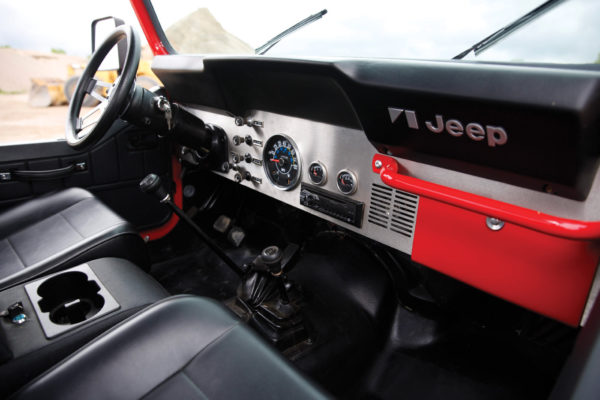
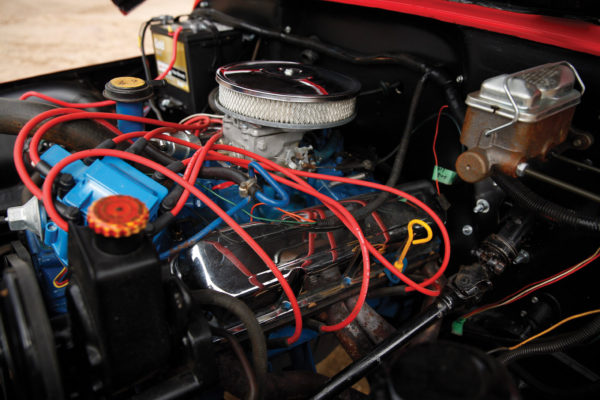
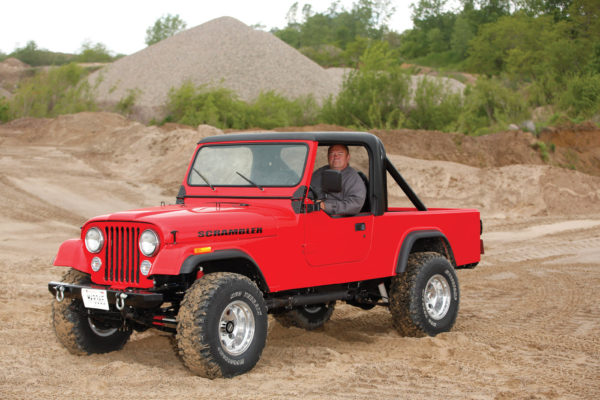
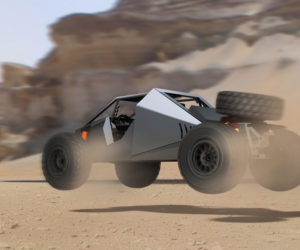
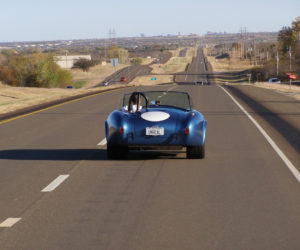
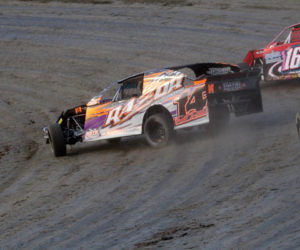
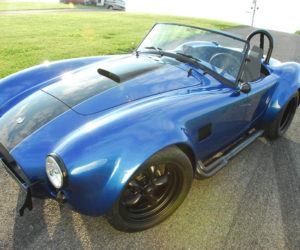
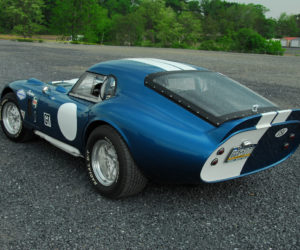
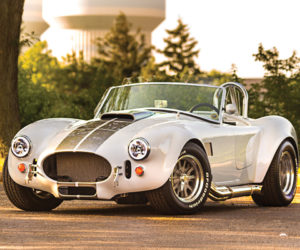




Comments for: Scarce Scrambler
comments powered by Disqus